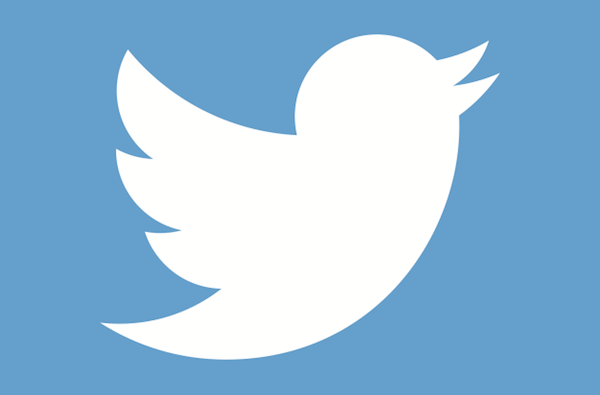I use Twitter with students in the College of Education at MBU. While I teach education courses, I can see how Twitter could have an advantageous role across various professions and academic areas at MBU. As I explain the what, why, and how of Twitter, I invite you to think about the role it could play with your students.
What? Twitter is a free online news and social networking service where users post and read short messages called “tweets.” It is essentially a miniature blog. As of March 2016, Twitter had more than 310 million monthly active users. On the day of the 2016 US presidential election, Twitter proved to be the largest source of breaking news, with 40 million tweets sent by 10pm that day. In 2014 a Twitter executive said 4.2 million posts every day are related to education.
Why? As Virginia educator Michael Thornton (@mthornton78) says in this video, social media “helps students see that school is not this classroom; school is the world. When you have direct links to this world, they understand the power of learning.”
Just as it is important to give students reasons for learning new material, it is necessary to explain why they are being encouraged to use Twitter. Here are a few reasons I share with my students, who are learning to be teachers:
- Twitter can serve as free and easy professional development. My students can follow researchers and experts in the field (e.g., @DTWillingham), national organizations (e.g., @ILAToday), as well as local educators (e.g., @PassmanACPS). With a simple click to follow Twitter handles of their choice, they can be exposed to education-related news, events, and current real-world teaching ideas.
- Another reason for exposing students to Twitter is to keep up with the times; many schools, teachers, and even PK-12 grade students use this service. Additionally, exposing them to new technology can exercise their own digital literacy, and as a byproduct builds awareness of fostering new literacies among future students they teach.
- Last, students can connect with their professors and peers informally to share ideas outside of the formal classroom setting. Twitter provides an avenue for sharing students’ voices, achievements, and stories related to their time at MBU.
How? Interested in trying to use Twitter with your MBU students? Here are some tips to get you started.
- Before looping your students in, set up your own Twitter account if you don’t already have one. You can Google how to do this.
- Then, start following Twitter accounts related to your field. To find accounts, you can type key words in the search box. You will find MBU’s Twitter handle in the title of this newsletter! At times, I Google ideas of who to follow – for example, I might type this into a Google search box: “best reading teachers to follow on Twitter.” I follow authors, researchers, colleagues, news, national organizations, and local professionals.
- Familiarize yourself with Twitter by exploring it, tweeting, retweeting, tagging others, including hashtags in your posts, and searching via hashtags. It can be less overwhelming to just spend a few minutes a day, or a few times a week, while learning how to use it in the beginning. Also, consider downloading the app for your mobile phone and/or leaving the Twitter page open as a tab on your computer so that you can easily refer to it when you have a 2-minute break.
- Day 1 of the semester, prompt students to create a professional Twitter account, follow you, and share reasons why Twitter can be useful to them. (In my classes, I shared articles that describe ways Twitter is used in PK-12 classroom settings. Here is an article that outlines benefits of Twitter use in education.
- Throughout the course, extend students’ learning beyond your classroom walls by engaging them with Twitter in different ways. For example, you can
- tweet resources that relate to class content via Twitter and consider tagging your students so that they are alerted,
- showcase class activities and ideas to share with MBU colleagues,
- celebrate student accomplishments with images, quotes, videos,
- share experts on Twitter (who post content related to weekly course topics) and encourage students to follow them, and
- have students respond to home learning via Twitter posts and/or Twitter chats.
I hope you enjoy learning and connecting with students via Twitter as much as I do.
Follow me on Twitter @DrEmilyEly
